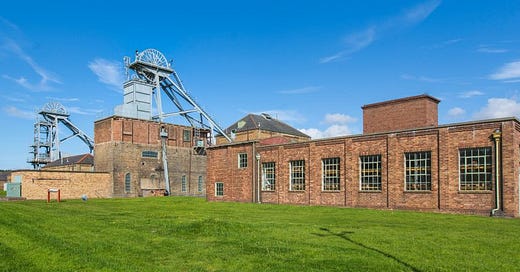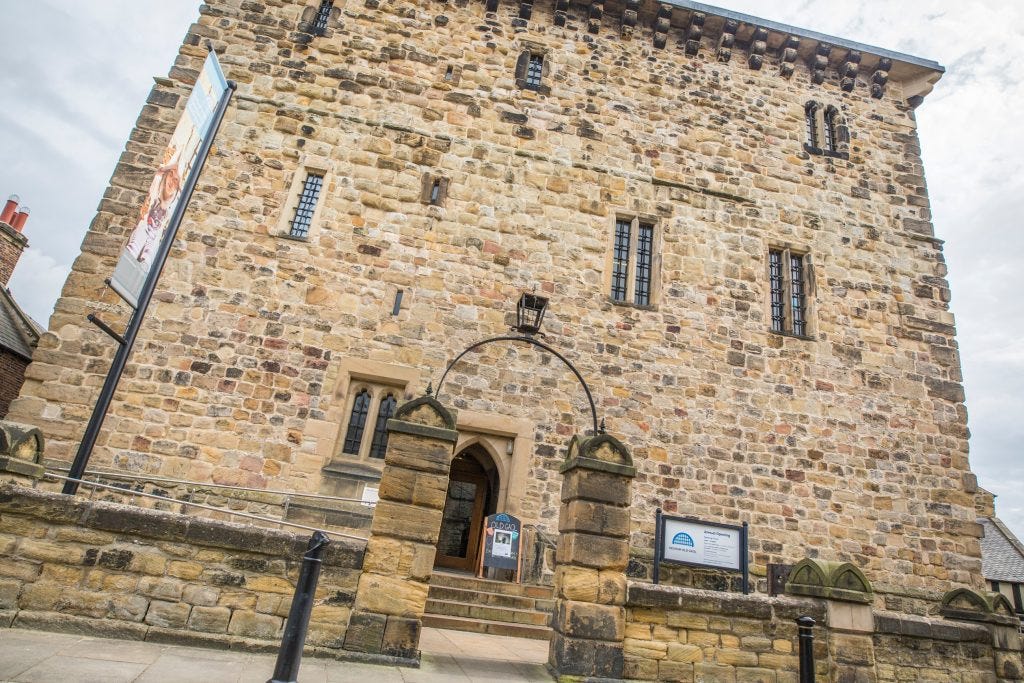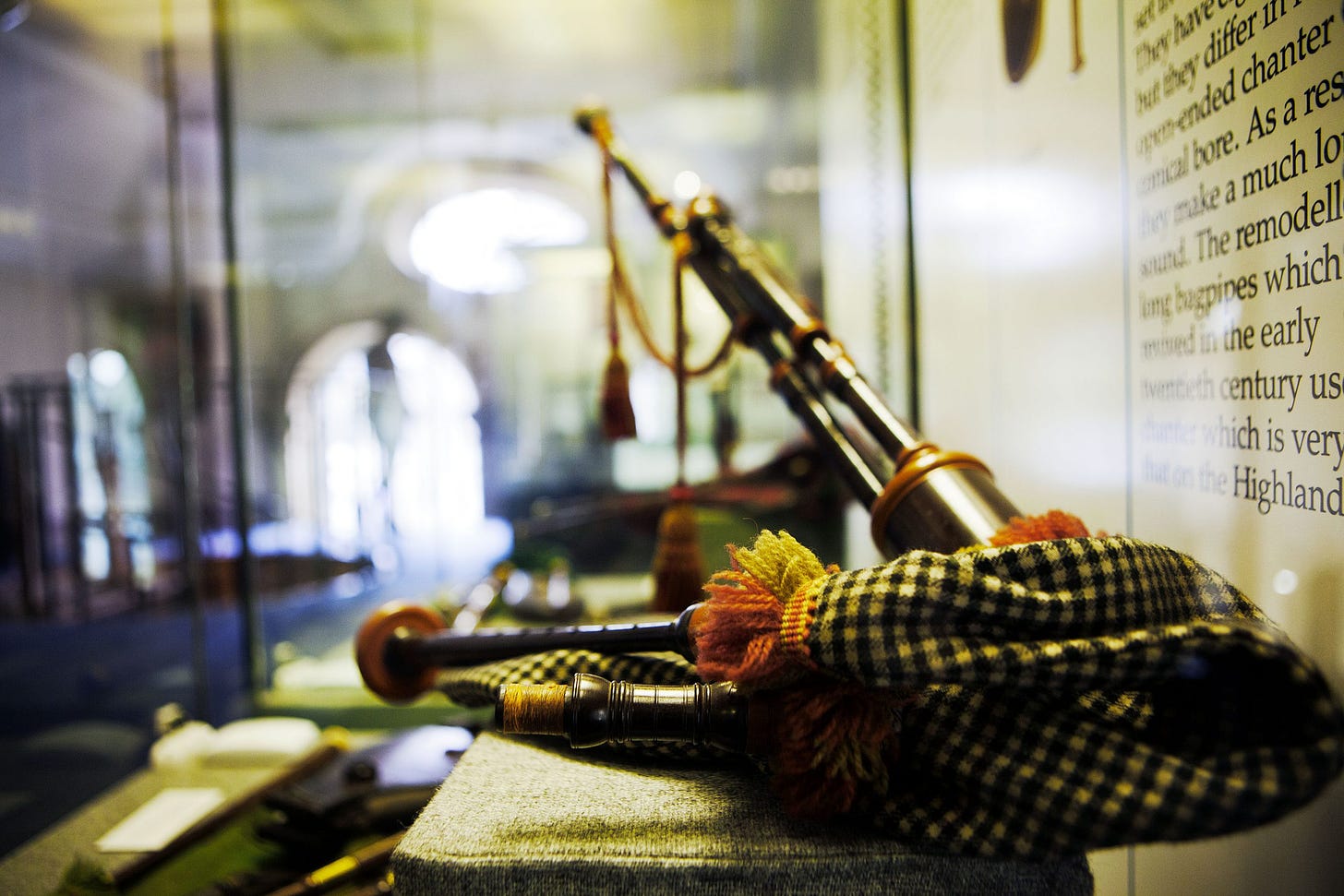
Tyne and Wear Museums spreads its wings into Northumberland
A museums and heritage shake up is on the way for the North East. Tony Henderson reports.
Heritage attractions in Northumberland are set to come under the wing of Tyne & Wear Archives & Museums (TWAM).
Woodhorn Charitable Trust, known as Museums Northumberland, currently operates sites across the county, including the Woodhorn Museum in Ashington, Hexham’s Old Gaol, the Moot Hall, House of Correction, Morpeth’s Chantry Bagpipe Museum and Berwick Museum and Art Gallery.
Now Northumberland County Council’s cabinet has agreed to join a local authority partnership managed by TWAM .
“The museums in Northumberland tell an important part of North East England’s story and are much-loved by local communities and visitors to the area,” said a TWAM spokesperson.
“We are looking forward to working with Northumberland County Council over the coming months to progress arrangements to bring management of its museums into the Tyne & Wear Archives & Museums partnership alongside the other nine venues we run on behalf of the local authorities of Tyneside and Newcastle University.”
Read more: Review - Wicked at Sunderland Empire
The move will include the management of the aforementioned Woodhorn Museum, Hexham Old Gaol and Morpeth Chantry Bagpipe Museum. It will also include stewardship of the council's museum collections in Berwick, but not the management of that museum.
The council and TWAM would work in partnership to manage the Moot Hall and House of Correction in Hexham. Northumberland Archives is not part of this arrangement and would not be managed by TWAM.
TWAM is a joint service of the four local authorities on Tyneside: Newcastle, South Tyneside, North Tyneside and Gateshead. The organisation has separate agreements with Sunderland City Council to manage its archives and with Newcastle University to manage the Great North Museum: Hancock.
A report to Cabinet says: “The inclusion of Northumberland County Council’s museums and collections within the TWAM partnership is mutually beneficial and would add value and expand the regional museums offer, reaching and providing broader opportunities for engagement for both Northumberland and North East residents and visitors.
“In addition, the proposed expansion of the TWAM partnership will provide economies of scale and increase organisational resilience through partnership, enabling the delivery of a sustainable museum service in Northumberland.
“The sizeable and diverse offer of the museums and collections under NCC’s stewardship provide a deep understanding of Northumberland, its culture and traditions which are very much an integral part of the broader North East story and cultural offering.”
Local authorities are the biggest public funder of culture, spending over £1bn a year on a range of local services, including museums, galleries, heritage sites and archives. This figure increases to £2.6bn when leisure, parks and green spaces are included.
But this core funding has come under huge strain in recent years because of pressure on council budgets and rising demand for vital statutory services such as children services and adult social care.
Between 2010 and 2024 annual spend on culture and leisure services saw a real-term annual spending fall of £2.324 billion.
Northumberland has suffered over £180m of reduced resources since 2009.
It is estimated that for every £1 invested by Northumberland County Council in culture another £3 of external funding is leveraged into the county, supporting jobs and volunteers in a variety of roles
Ownership of the collections and property would remain with the county council, while TWAM would be responsible for the operation of the museum service.
Read more: Exhibition for the eyes and ears at Woodhorn
Meanwhile, museum provision in Berwick will be delivered through a partnership between English Heritage, the King’s Own Scottish Borderers (KOSB), The Maltings (Berwick) and the county council through the Living Barracks project.
Berwick Barracks have been at the heart of the town’s life for over 300 years. Since 1963 they have hosted a mix of cultural activities and community events. But over two thirds of the buildings are empty, and, unless action is taken, there is a risk that the structures will deteriorate.
As part of the proposed Living Barracks project, every building will be conserved and brought back to life. The plans include space for museum collections, galleries, archives, performances, events and housing, making sure that the barracks can become a cultural hub for locals and tourists alike.
The partnership, led by English Heritage, has already secured funding including a grant of £4.2m from the Arts Council England’s Cultural Development Fund, as well as £476,000 of development funding from The National Lottery Heritage Fund.







